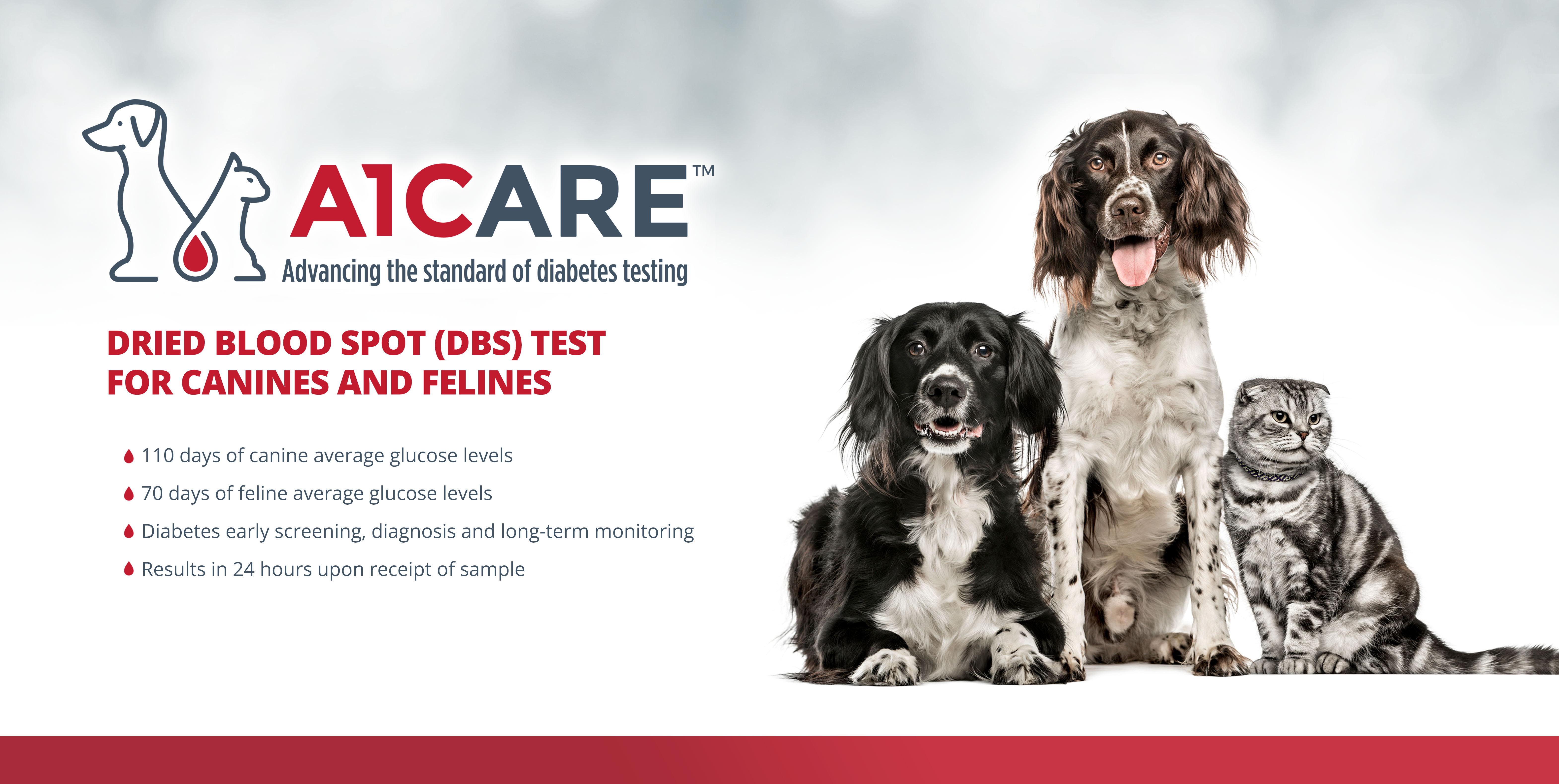
A Dried Blood Spot mail-in A1C (glycohemoglobin) test for canines and felines. Sold in 5 packs with everything you need to do the test. Including, prepaid postage on the 5 return envelopes. Purchase of the 5 pack also includes test results emailed, faxed or mailed via USPS depending on your preference.
How it Works:
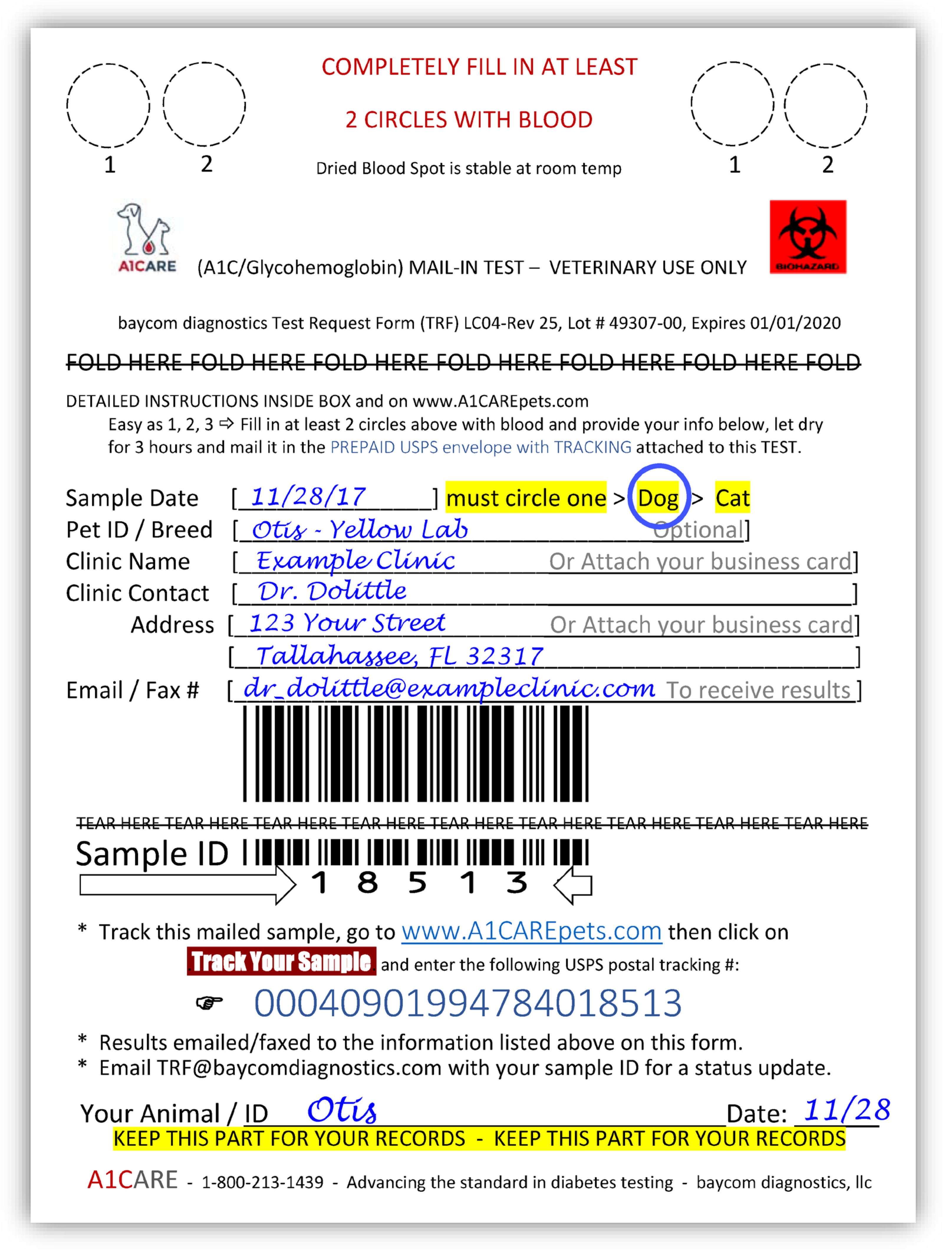
A1CARE (A1C) Test Results
Samples are tested Monday through Friday from 9:00 AM – 5:00 PM (EST). Results are emailed or faxed to the contact information that was listed on the test form. For questions related to the status of a result, please email the code located on the bottom of the test to TRF@baycomdiagnostics.com
About A1C (glycohemoglobin)
- Many pets have clinical and subclinical/transitional diabetes only identified by A1C. It is also called glycated hemoglobin or glycohemoglobin. Glycation is a non-enzymatic reaction between the carbonyl group and the N-terminal of lysine amino acid. This process leads to a Amadori compounds which undergo a series of oxidation, dehydration and fragmentation reactions which generates advanced glycation end products. This universal reaction occurs 24 hours a day 7 days a week in mammals and is the foundation for why A1C is an accurate and reliable test from people to mice and including cats and dogs. Since hemoglobins life span in felines is 70 days. You get a very accurate average glucose levels for this time due to the predictable and repeatable process of glycation. The same is true for canines. Except their red blood cells (hemoglobin) life span is 110 days giving an average glucose level via glycation (A1C) for this time period.
- Yes, A1C has always been in cats and dogs. If you go to www.catA1C.com and www.dogA1C.com you will find dozens of peer reviewed papers on A1C in cats and dogs over the last 20+ years. Prior to the development of A1CARE, A1C was an expensive and time consuming test available for cats and dogs only through a few universities.
- After 10 years of research, Baycom developed a cost effective way to bring the “Gold Standard” test to the veterinary market for the same price or cheaper than Fructosamine. Give us a call or contact your distributor to learn more or purchase a 5 pack of tests.
Feline Diabetes and A1C
- Stress hyperglycemia can lead to false diagnosis especially in cats. A1C testing is not affected by it, giving the veterinarian a high degree of confidence in their diagnosis and management protocol for their feline patients.
- Cats get diabetes because of a loss in function of the beta cells resulting in insulin resistance, islet amyloidosis or chronic lymphoplasmacytic pancreatitis. Remarkably, they can go into and out of a diabetic state. it is important to test felines once a quarter to confidently know their average glucose levels via A1C for the last 70 days.
- Anemic cats are more susceptible to false negatives from traditional available veterinary diabetes tests. A1C is not and is a great test to help manage these animals.
Canine Diabetes and A1C
- Dogs have a rapid and progressive onset of diabetes when they get it. Early detection with A1CARE (A1C) can make a dramatic difference in the quality of the animals life and in the pet owners ability to care for it.
- Intact females may be transiently diabetic due to the insulin resistance effects of the diestrus phase.Using A1C testing will give you the confidence to monitor and treat this transient phase’
- Many breeds of dogs are genetically susceptible to diabetes and should be tested regularly with A1CARE. These include but are not limited to: Australian Terriers, Beagles, Samoyeds, Keeshonden.


Community Cats Podcast
Interview! Gus Ray, Owner of Baycom Diagnostics
What Others Are Saying
“I am in Sweden, and a reliable A1C for cats would be welcome. We use the fructosamine as the long term parameter (2-3 weeks), twice a year. This is done at the large animal hospital in Gothenburg. It is good that you want to mainstream it.”
– Ann Pettersson

“Baycom Diagnostics, Inc. has developed a cost effective diagnostic kit for monitoring and testing feline and canine diabetes.”WCTV.TV
“Testing for A1C in people has been the gold standard in diabetes testing for over a decade, and is the one test that gives doctors a 90-day report card on how the body has been managing its sugar levels,” says Gustav Ray, president and CEO of Baycom Diagnostics, Inc. “For the first time, Baycom Diagnostics is offering this same test for canines and felines in a simple, cost effective mail-in test. This will be a great diagnostic tool for veterinarians in their treatment and diagnosis of diabetes in cats and dogs.”
Mr. Ray said the company has operated in a virtual location to conserve costs and will use the grant dollars to establish a corporate office, finalize the product’s packaging and design, fund any legal fees, and conduct the necessary Beta testing of the product.
OUR TEAM

Gus Ray
President & CEO

Michael Audie
Dog Whisperer
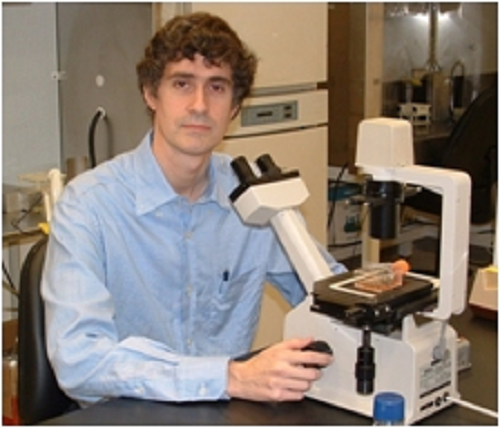
Brian Washburn
Lab Manager, Molecular Cloning Facility and Hybridoma Lab at Florida State University
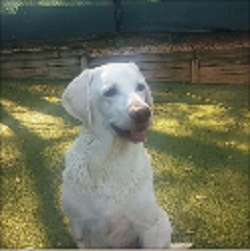
Mark Skovera
Project Coordinator
OUR LABS
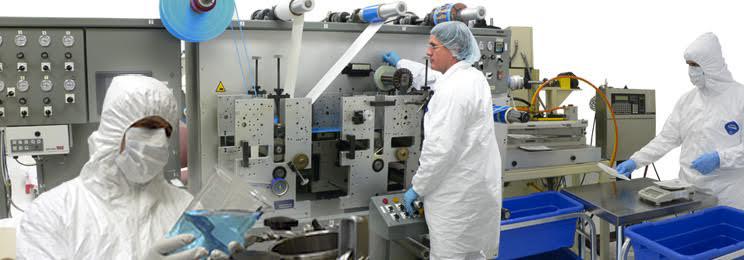
Baycom’s TRFs are produced at a cGMP compliant for class l medical devices and Active Pharmaceutical Ingredient applications as required. In addition, it is ISO 9001:2001 certified as the base quality platform and all aspects of our quality process is monitored electronically through our custom-designed operating software system.
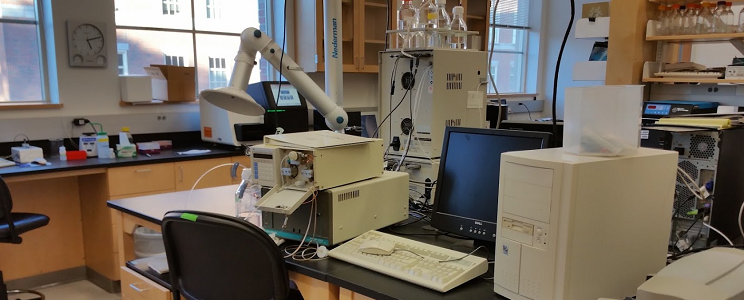
DEPARTMENT OF BIOLOGICAL SCIENCE, AT FLORIDA STATE UNIVERSITY, Hybridoma Core Facility. Expertise and equipment include: Analytical and Molecular Analytical Laboratory, DNA Sequencing Laboratory, Hybridoma Laboratory, Molecular Cloning and Laboratory Protein Expression Facility.
FREQUENTLY ASKED QUESTIONS
Our A1C test requires two small drops of blood to be applied to the Test Request Form. You can add the drops right after checking your blood glucose so there is no additional “stick” and can be done anytime during the day (No FASTING necessary, really convenient). Once you let the Test Request Form dry , you MAIL the Test Request Form, with your dried blood spots, in the enclosed envelope back to us for testing. Results are available in less than 2 weeks.
Baycom Diagnostics’ A1C Laboratory runs every sample 4x and performs its analyses on clinical analyzers. If the CV is higher than 5% the sample is re-run. Although the Laboratory is not regulated under federal guidelines established by the Clinical Laboratory Improvement Act (CLIA) it adheres to their operating guidelines. In addition, the TRF’s are manufactured at a GMP/FDA certified facility.
CANINES:
Keeshond
Poodles
Samoyed
Daschund
Alaskan Malamute
Hungarian Puli
Golden Retriever
Miniature Pinscher
Mld English Sheepdog
Miniature schnauzer
Chow
Beagle
Doberman
Labrador Retriever
Springer Spaniel
Schipperke
Finnish Spitz
West Highland White Terrier
Cairn Terrier
FELINES:
There are several things than can cause a cat to be predisposed to developing diabetes:
Breed – Burmese cats have a genetic predisposition
Gender – males are twice as likely to develop diabetes as female cats
Age – cats over ten have a higher chance of contracting the disease
Other diseases – pancreatitis, hyperthyroidism, and Cushing’s disease all increase the risk
Our data and discussions with veterinarians suggest that it is about 25% which underlines the importance of doing a regular A1C Feline Test. Believed to effect 1 in 400 cats… The good news is that feline diabetes is treatable.
CONTACT US
Monday – Friday: 9 am – 5 pm (EST)
BAYCOM DIAGNOSTICS
3472 Weems Road, Suite 2
Tallahassee, FL 32317

